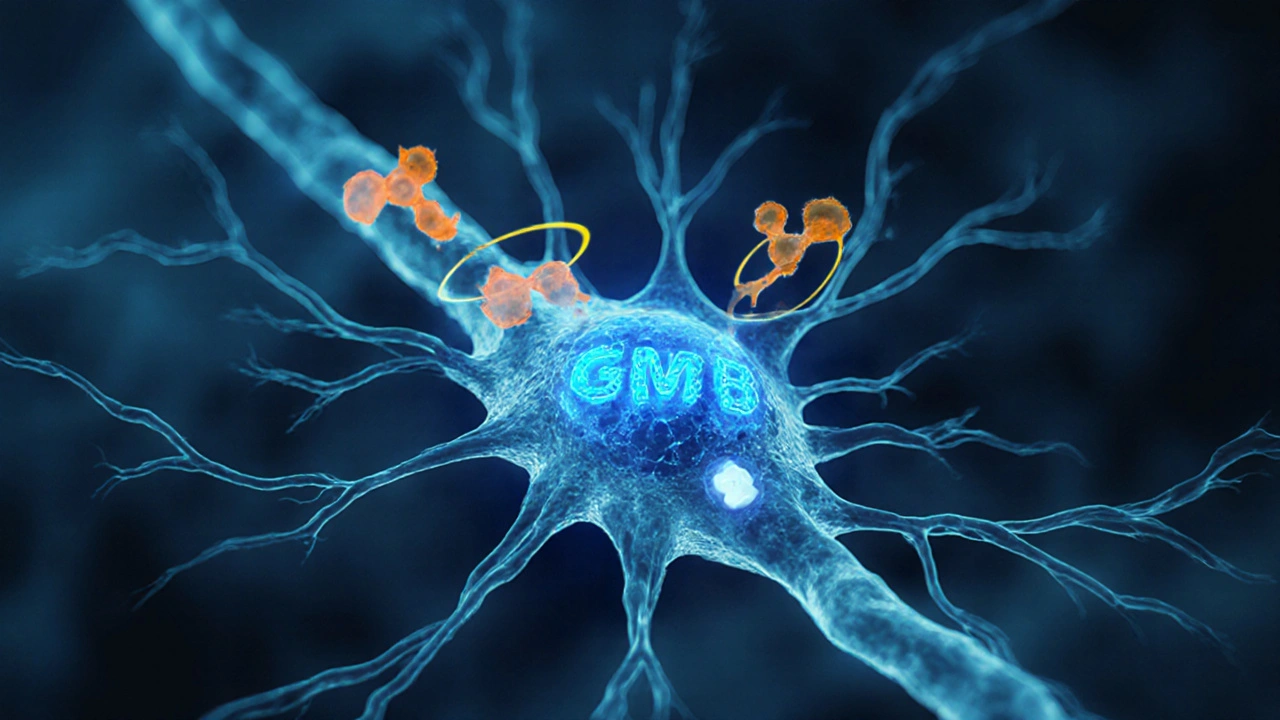Primidone vs Levetiracetam: In‑Depth Comparison
When evaluating Primidone vs Levetiracetam, a side‑by‑side analysis of two commonly prescribed antiepileptic medications. Also known as Primidone and Levetiracetam comparison, this comparison helps doctors and patients pick the drug that best fits their seizure profile. Primidone an old‑generation barbiturate‑like agent used mainly for generalized tonic‑clonic seizures, also called Mysoline, works by enhancing GABA‑mediated inhibition. Levetiracetam a newer broad‑spectrum seizure medication that modulates synaptic vesicle protein SV2A, marketed as Keppra, is prized for its rapid titration and low drug‑interaction risk. Both drugs share the goal of reducing abnormal neuronal firing, yet they differ in chemistry, side‑effect profile, and dosing convenience, which makes a clear, practical comparison essential for anyone managing epilepsy.
Antiepileptic drugs (AEDs) cover a wide range of mechanisms, from sodium‑channel blockade to GABA enhancement. Within this family, primidone belongs to the barbiturate‑related subgroup, while levetiracetam sits in the synaptic‑modulation class. Understanding each class’s key attributes—mechanism of action, typical dose range, metabolic pathway, and common adverse effects—lets clinicians align the drug with a patient’s specific needs. Primidone is metabolized into phenobarbital, requiring liver‑function monitoring and posing a higher risk of sedation, cognitive slowing, and long‑term bone density loss. Levetriracetam, on the other hand, undergoes minimal hepatic metabolism, is primarily excreted unchanged by the kidneys, and rarely causes sedation, though it can trigger mood changes in a small subset of users. Cost considerations also matter: generic primidone is inexpensive but may need frequent lab checks, while levetiracetam’s price has dropped in recent years, making it a viable first‑line option for many. By mapping these attributes, you can see how each drug’s profile fits different treatment goals—whether you prioritize rapid seizure control, minimal interaction, or long‑term tolerability.
The choice between these two agents ultimately hinges on seizure type, patient age, and comorbid conditions. Generalized tonic‑clonic seizures often respond well to primidone, especially in older adults who have tolerated barbiturates in the past, while focal seizures with a high‑frequency component may be better managed by levetiracetam’s broad‑spectrum action. Renal function is a key deciding factor: because levetiracetam is cleared by the kidneys, dose adjustments are mandatory in chronic kidney disease, whereas primidone’s hepatic route can be safer for patients with reduced renal clearance. Drug‑interaction potential is another practical angle—primidone induces several cytochrome P450 enzymes, potentially lowering the effectiveness of oral contraceptives or anticoagulants, whereas levetiracetam is largely interaction‑free, making it a safer companion for polypharmacy patients. Understanding these relationships helps you weigh efficacy against safety, cost, and lifestyle impact. Below, you’ll find a curated set of articles that dive deeper into dosing strategies, side‑effect management, and real‑world case studies, giving you the actionable insight you need to make an informed decision.

